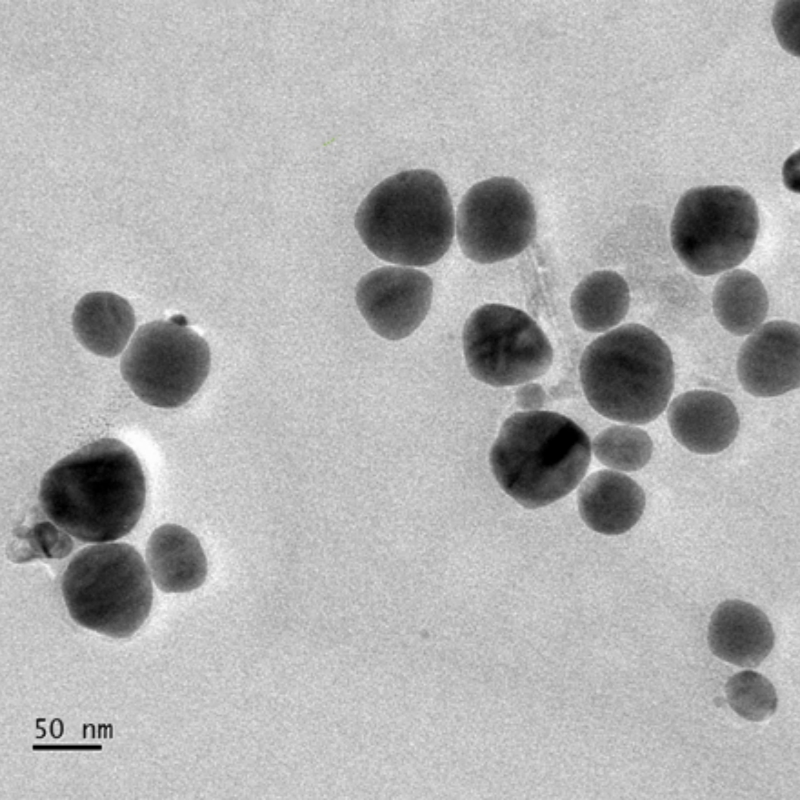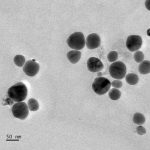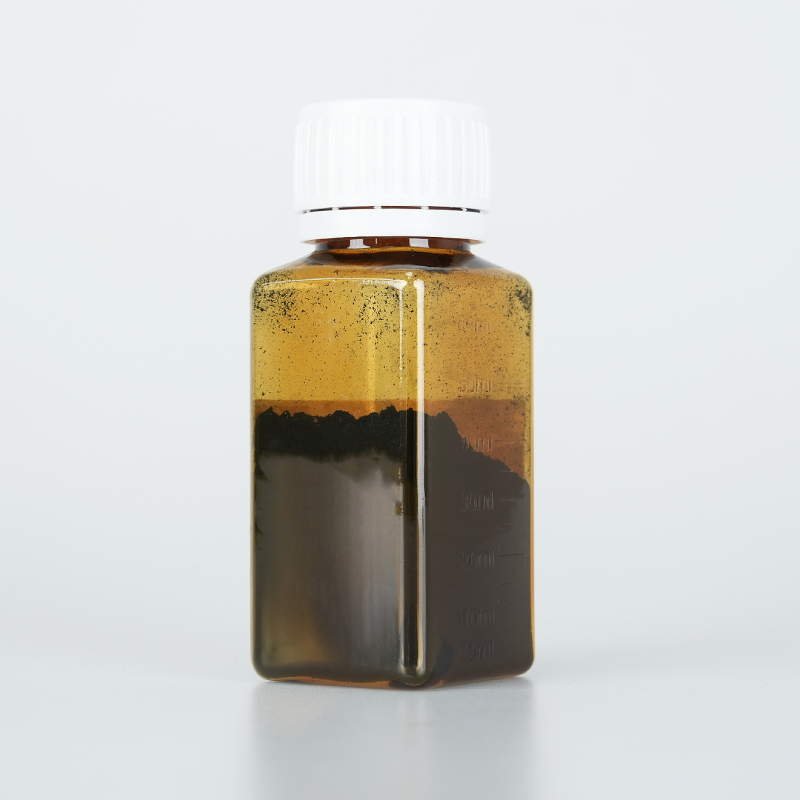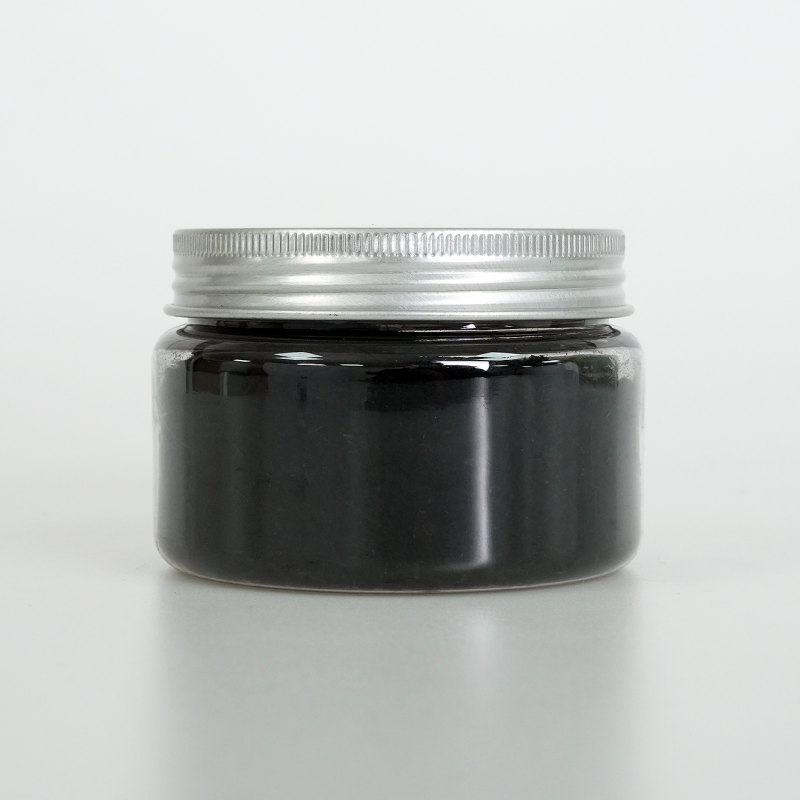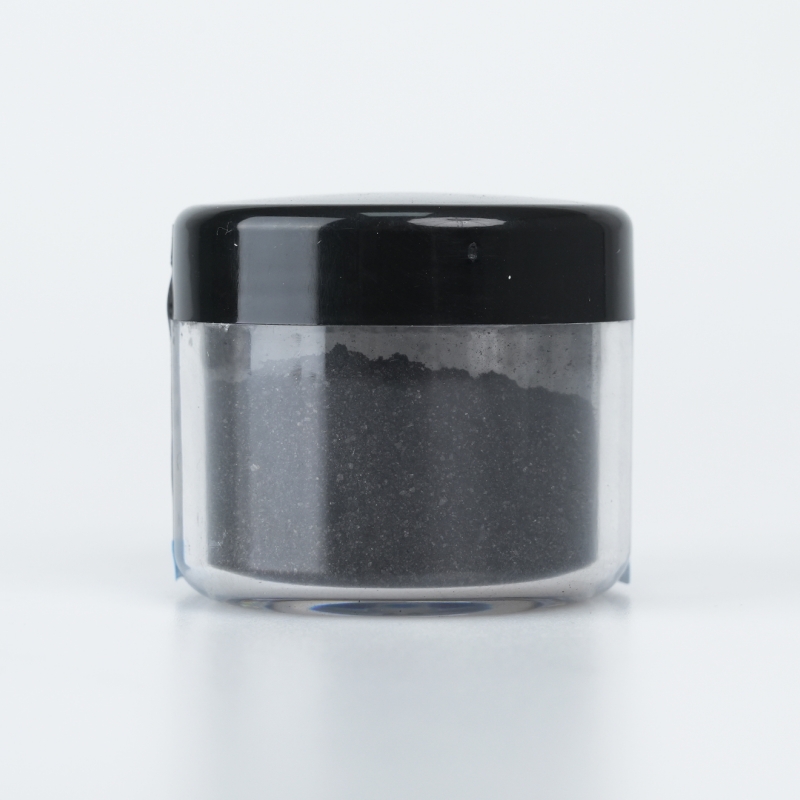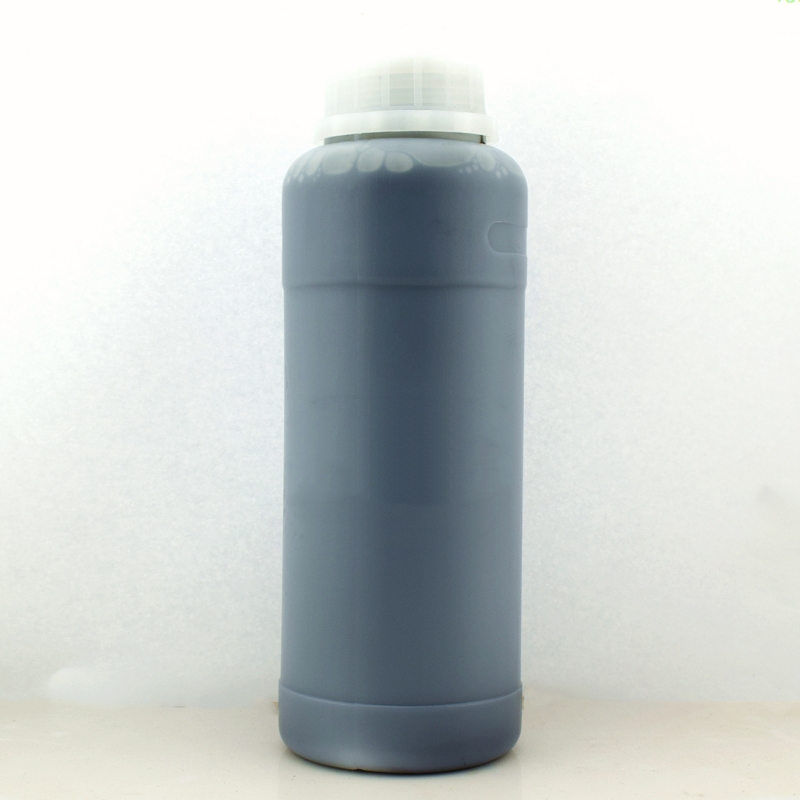Negatively charged selenium nanoparticles (SeNPs) provide optimized antioxidant properties, superior biocompatibility, and enhanced electrostatic stability. Designed for advanced applications, they ensure efficient dispersion, extended durability, and high-performance adaptability.
Product Overview
Selenium nanoparticles (Se NPs) are negatively charged nanomaterials with high biological safety. Selenium, an essential trace element in the human body, plays a crucial role in various physiological processes, including maintaining redox balance and regulating immune function. Compared to traditional selenium compounds, selenium nanoparticles have superior bioavailability, enabling them to effectively target macrophages and modulate immune responses. These nanoparticles are widely used in the prevention and treatment of diseases like diabetes, Alzheimer's, inflammatory conditions, and bacterial infections.
Key Features
- High Bioavailability: Selenium nanoparticles, with their small size and unique form, can easily penetrate cell membranes and enter cells, improving bioavailability.
- Low Cytotoxicity: Compared to traditional organic or inorganic selenium compounds, Se NPs exhibit lower toxicity to cells, making them more biocompatible.
- Optoelectronic Properties: Selenium nanoparticles have excellent optoelectronic properties, making them suitable for applications in solar cells, rectifiers, sensors, and other optoelectronic devices.
Applications
- Biomedical: Selenium nanoparticles have antioxidant properties and can regulate immune function, making them useful in cancer treatment, antibacterial therapy, and the management of inflammatory diseases.
- Heavy Metal Adsorption: Selenium nanoparticles can adsorb heavy metals (such as Zn, Cu, Hg, Cd), helping to reduce environmental pollution.
- Agriculture: These nanoparticles can alleviate both biotic and abiotic stress in plants, promote seed germination, enhance plant growth, and increase the selenium content and nutritional value of crops.
| Item | Parameter |
| Concentration | 0.5 mg/mL |
| Solvent | Water |
| Diameter | 40-80 nm (TEM) |
| Appearance | Orange dispersion |
| Stabilizer | Sodium dodecyl sulfate (SLS) |
| Zeta Potential | -43.6 mV |
| Note | Zeta potential data is from a single measurement; fluctuations are allowed between batches. |
 new material
new material

